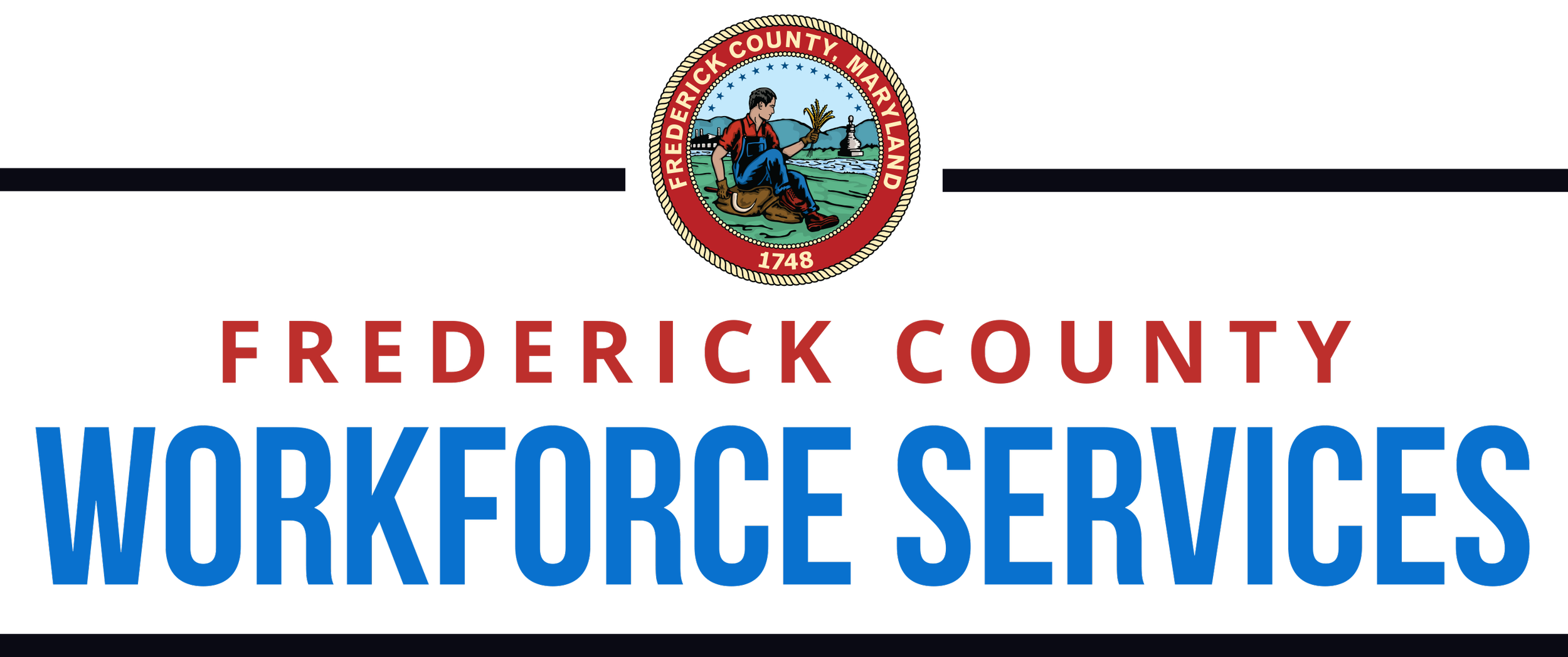Building A Better Resume
Have a Source Document
A source document or source resume will hold ALL your resume information. This is everything you have ever done! It is where you can brainstorm the best pieces of information for future use in a resume. Put it on a spreadsheet for easy filtering or in a word processor to get everything on the page. It collects information about:
Work and school history: The name of the school/company, their location, dates you were there, and the description of the job you did or the program you participated in. Sometimes you may wish to include your pay scale from that position.
Skills: Keywords about what you did in previous roles, hard skills (testable skills), and soft skills (interpersonal skills) that you know you have and can back up.
Community involvement: The name of the program, their location, dates you were there, and the description of the role you filled.
Contacts: The name, email, and phone number of your manager or HR to confirm you worked in a position and then the name, email, and phone number of references you can ask to share with employers later in the hiring process
Be Specific
This is called “targeting” your resume. Take the information on your source document and make a resume with the information that most applies to the job you want. This will help keep the resume under two pages, keep readers engaged with it, and help you be more specific for the Applicant Tracking System (ATS). Be sure to mention the job title you are applying for in your professional summary as well as use keywords that match the job description as closely as possible.
Format Formally
Make sure you use the same font throughout the resume, from your name to the very last word. The average employer also is known to only read a resume for 7 seconds before deciding whether to keep it or not. Readability is very important in that decision. Keep sizes within reason and don’t use graphics or fonts like fancy bullet points as those often get translated poorly through the ATS. Clean and well-organized resumes are more likely to make it through the ATS.
Proofread it!
Reading the resume to check for errors in grammar and spelling, checking the format, font, and even the name of the electronic version of the document will help make sure you are sending in a strong document. Ask someone else to proofread it too, to give you an idea of what others might see when they receive the resume.
Introduce your accomplishments
Use accomplishment statements in both a professional statement and as descriptions of your work throughout the resume to help an employer understand why you are the best candidate for the job. Accomplishment statements include an example of how well you did something, clearly show a result, and highlight the result.
Need more help?
Take our Resume Review Online eLearning or register for our Resume Launch Program on our events page to get in-depth resume building lessons!
